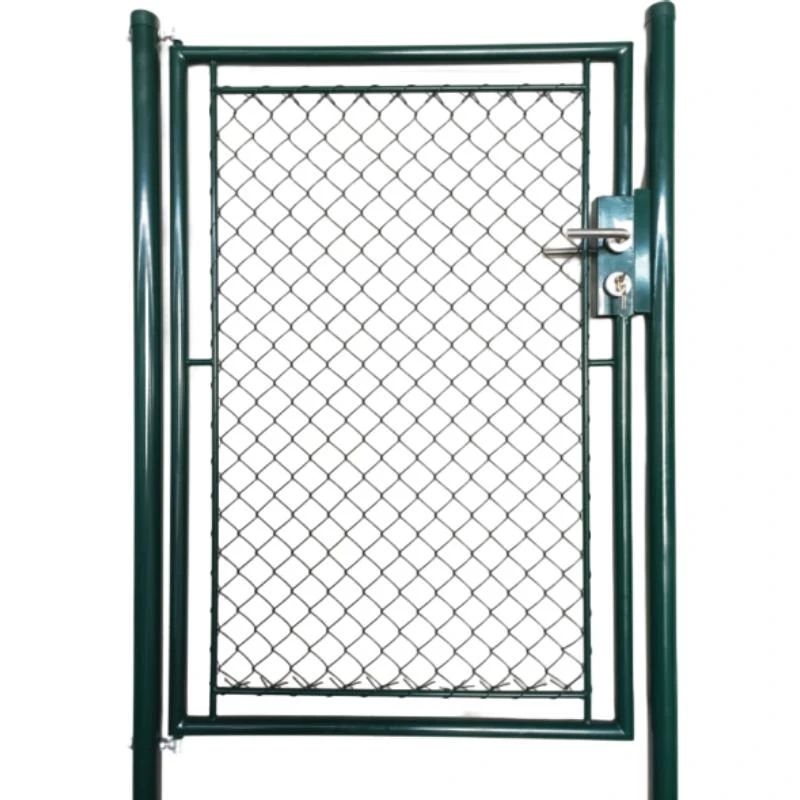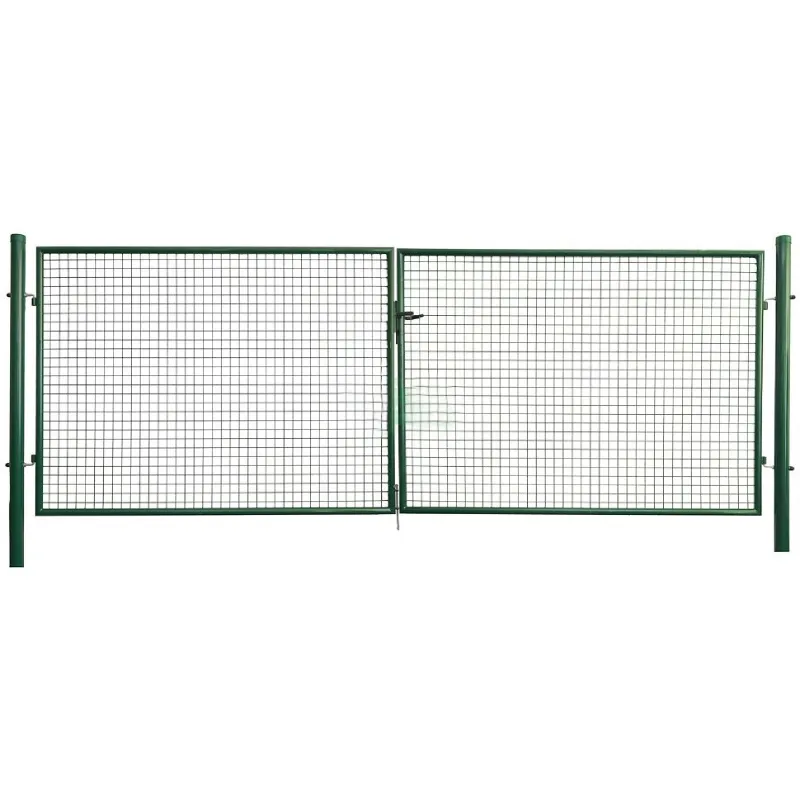-
E-bost:zhao@hyliec.cn
-
Ffôn:+86 311 85273988
-
WhatsAPP:8613931128750
-
 Affricanaidd
Affricanaidd -
 Albaneg
Albaneg -
 Amhareg
Amhareg -
 Arabeg
Arabeg -
 Armenaidd
Armenaidd -
 Azerbaijani
Azerbaijani -
 Basgeg
Basgeg -
 Belarwseg
Belarwseg -
 Bengali
Bengali -
 Bosnieg
Bosnieg -
 Bwlgareg
Bwlgareg -
 Catalaneg
Catalaneg -
 Cebuano
Cebuano -
 Corseg
Corseg -
 Croateg
Croateg -
 Tsiec
Tsiec -
 Daneg
Daneg -
 Iseldireg
Iseldireg -
 Saesneg
Saesneg -
 Esperanto
Esperanto -
 Estoneg
Estoneg -
 Ffinneg
Ffinneg -
 Ffrangeg
Ffrangeg -
 Ffriseg
Ffriseg -
 Galiseg
Galiseg -
 Sioraidd
Sioraidd -
 Almaeneg
Almaeneg -
 Groeg
Groeg -
 Gwjarati
Gwjarati -
 Creol Haitaidd
Creol Haitaidd -
 hausa
hausa -
 hawaiian
hawaiian -
 Hebraeg
Hebraeg -
 Naddo
Naddo -
 Miao
Miao -
 Hwngareg
Hwngareg -
 Islandeg
Islandeg -
 igbo
igbo -
 Indoneseg
Indoneseg -
 gwyddelig
gwyddelig -
 Eidaleg
Eidaleg -
 Japaneaidd
Japaneaidd -
 Jafaneg
Jafaneg -
 Kannada
Kannada -
 kazakh
kazakh -
 Khmer
Khmer -
 Rwanda
Rwanda -
 Corëeg
Corëeg -
 Cwrdaidd
Cwrdaidd -
 Kyrgyz
Kyrgyz -
 TB
TB -
 Lladin
Lladin -
 Latfieg
Latfieg -
 Lithwaneg
Lithwaneg -
 Lwcsembwrgaidd
Lwcsembwrgaidd -
 Macedonaidd
Macedonaidd -
 Malgashi
Malgashi -
 Maleieg
Maleieg -
 Malayalam
Malayalam -
 Malteg
Malteg -
 Maori
Maori -
 Marathi
Marathi -
 Mongoleg
Mongoleg -
 Myanmar
Myanmar -
 Nepali
Nepali -
 Norwyaidd
Norwyaidd -
 Norwyaidd
Norwyaidd -
 Ocsitaneg
Ocsitaneg -
 Pashto
Pashto -
 Perseg
Perseg -
 Pwyleg
Pwyleg -
 Portiwgaleg
Portiwgaleg -
 Pwnjabi
Pwnjabi -
 Rwmania
Rwmania -
 Rwsiaidd
Rwsiaidd -
 Samoaidd
Samoaidd -
 Gaeleg yr Alban
Gaeleg yr Alban -
 Serbeg
Serbeg -
 Saesneg
Saesneg -
 Shona
Shona -
 Sindhi
Sindhi -
 Sinhala
Sinhala -
 Slofaceg
Slofaceg -
 Slofeneg
Slofeneg -
 Somalïaidd
Somalïaidd -
 Sbaeneg
Sbaeneg -
 Sundanaidd
Sundanaidd -
 Swahili
Swahili -
 Swedeg
Swedeg -
 Tagalog
Tagalog -
 Tajiceg
Tajiceg -
 Tamil
Tamil -
 Tatar
Tatar -
 Telugu
Telugu -
 Thai
Thai -
 Twrceg
Twrceg -
 Tyrcmeniaid
Tyrcmeniaid -
 Wcrain
Wcrain -
 Wrdw
Wrdw -
 Uighur
Uighur -
 Wsbeceg
Wsbeceg -
 Fietnameg
Fietnameg -
 Cymraeg
Cymraeg -
 Help
Help -
 Iddeweg
Iddeweg -
 Iorwba
Iorwba -
 Zwlw
Zwlw
Gatiau'r Ardd
Cheap Garden Gates For Sale
You can find cheap garden gates for sale at various home improvement stores, online retailers, and local hardware shops. Consider looking for sales, clearance items, or second-hand options to find affordable garden gates that meet your needs. Additionally, exploring different types and sizes can help you find cost-effective solutions for your garden gate. Be sure to compare prices, quality, and reviews to make an informed decision.
Garden Gate Construction
1. Planning: Determine the location and dimensions of the gate, considering the width of the pathway or opening. Decide on the type of gate, such as a single or double gate, and the materials to be used.
2. Materials: Select the appropriate types and sizes for the gate, such as round tube gates or square tube gates, single wing gates or double wings gates, ensure to meet requirements of maximum.
3. Frame assembly: Construct the frame of the gate using the chosen types and sizes . This may involve cutting and assembling the frame pieces, ensuring that they are square and level.
4. Adding infill: Depending on the design, add infill materials such as pickets, panels, or mesh to the gate frame. Secure the infill materials to the frame using appropriate fasteners.
5. Hardware installation: Install hinges, latches, and any additional hardware required for the gate to function properly. Ensure that the hardware is durable and suitable for outdoor use.
6. Finishing touches: Sand the gate to smooth any rough edges and apply a protective finish or paint to enhance its durability and appearance.
7. Installation: Once the gate is constructed, install it in the desired location, ensuring that it swings freely and latches securely.
It's important to follow any local building codes or regulations when constructing a garden gate, especially if it will be used as a boundary or security feature. If you're unsure about the construction process, consider consulting with a professional or seeking guidance from experienced individuals.





